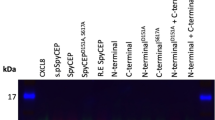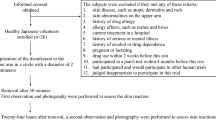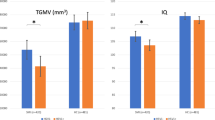Abstract
MOUSE adapted scrapie, a progressive degenerative disease of the central nervous system, appears to be unusually resistant to heat and exposure to formalin. In view of this, it was decided to attempt to kill the experimental scrapie infectious agent by treating with some disinfectants, such as alcohol, a hypochlorite, a surface-active agent, and the agent was also boiled for 60 min. A 1 : 10 w/v suspension of mouse brain infected with scrapie was mixed with an equal volume of the suitably diluted disinfectant and the mixtures were kept overnight at + 4° C before female mice (18–20 g) were inoculated by the subcutaneous route. Each 0.5 ml. dose of the mixture contained 0.25 ml. of the infective material. Controls were inoculated with disinfectants and scrapie suspension. An additional control group was inoculated with 0.03 ml. of scrapie intracerebrally to give an early indication of the pathogenicity of the scrapie agent; the incubation period in mice was considerably shorter by this route1.
This is a preview of subscription content, access via your institution
Access options
Subscribe to this journal
Receive 51 print issues and online access
$199.00 per year
only $3.90 per issue
Buy this article
- Purchase on SpringerLink
- Instant access to full article PDF
Prices may be subject to local taxes which are calculated during checkout
Similar content being viewed by others
References
Chandler, K. L., Res. Vet. Sci., 4, 276 (1963).
Author information
Authors and Affiliations
Rights and permissions
About this article
Cite this article
HARTLEY, E. Action of Disinfectants on Experimental Mouse Scrapie. Nature 213, 1135 (1967). https://doi.org/10.1038/2131135a0
Published:
Issue date:
DOI: https://doi.org/10.1038/2131135a0



